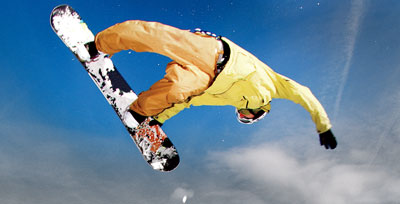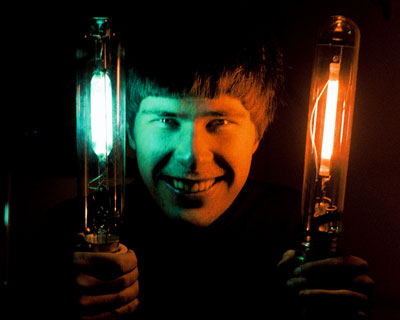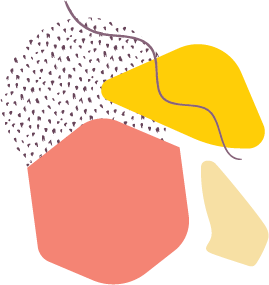This eye-popping film seamlessly combines twenty years of stunning action footage with new specially-shot verité footage and interviews as it follows U.S. champion snowboarder Kevin Pearce and exposes the irresistible but potentially fatal appeal of extreme sports.An escalating rivalry between Kevin and his nemesis Shaun White in the run-up to the 2010 Olympics leaves Shaun on top of the Olympic podium and Kevin in a coma following a training accident in Park City, Utah. Kevin’s tight-knit Vermont family flies to his side and helps him rebuild his life as a brain injury survivor. But when he insists he wants to return to the sport he still loves, his family intervenes with his eloquent brother David speaking for all of them when he says, “I just don’t want you to die.” Kevin’s doctors caution him that even a small blow to the head could be enough to kill him. Will Kevin defy them and insist on pursuing his passion? With his now impaired skills, what other options does he have? How much risk is too much? Directed by twice Oscar®-nominated filmmaker Lucy Walker (Devil’s Playground, Blindsight, Countdown to Zero, Waste Land, The Tsunami and the Cherry Blossom).
Summary info for schedule – will be hidden on film page

The Crash Reel
106-minutes
Screening day / time
The Crash Reel
Filmmaker(s)
Running Time
The Crash Reel
Filmmaker Notes:
Up at Sundance in January 2010, I noticed that many locals were wearing stickers that said “I Ride For Kevin”, and I connected it with the sad news story of an Olympic hopeful that had crashed on the half-pipe there. Then that summer 2010, I was invited to be a mentor and to show my film Waste Land at a retreat for Nike’s top sponsored action sports athletes — it’s worth noting that what we call extreme sports, the sponsors call action sports. At the back of my mind when I accepted the invitation was a feeling that the world of extreme sports might make a great documentary. I love to explore fascinating, inaccessible environments in my films, offering the audience a ticket to ride inside a world they can’t normally access (Amish teenagers, blind Tibetans, Everest climbers, Rio’s garbage pickers, Japanese tsunami survivors). But mostly I was happy to help out a friend who wanted to inspire young sports stars to use their platform for social change.At the retreat, I met Kevin and his brother Adam. It was early days after his accident and Kevin’s head was shorn, his eyes were looking in different directions, he couldn’t read or stay awake for long, he kept re-introducing himself to me because his memory was so impaired he couldn’t remember that we’d just been talking — and yet he still had a star quality. I found him completely charming and compelling and was drawn to talk to him and Adam as much as possible. The story of Kevin’s accident was tragic, but at the time I thought it was short, sad, and finished — so I didn’t instantly think it would make a good film. I didn’t want to make a two-act film about a hopeful who had crashed. Or a sappy rehab story that didn’t really earn its keep. But then I started to notice that Kevin was desperate to keep up with the other athletes around him. His brother told me that if he hit his head again he would die, and that he wasn’t allowed to snowboard again. Yet Kevin was drawn to active, dangerous pursuits, and he lit up when he talked about his passion to return to snowboarding. I wondered what he would do next and I realized that the story wasn’t over, it was about to get interesting. In Ovid’s Metamorphoses we have stories of the shield that never fails and the sword that never misses, and this was similar. Kevin’s life was snowboarding, but it would kill him if he returned to it. Suddenly I saw a dramatic three-act film. I didn’t know what was going to happen but I wanted to film him to find out.




